Corrosion in the aerospace industry poses a significant challenge to engineers, threatening the safety, performance and longevity of aircraft components. This issue is particularly critical as aviation technology becomes more advanced and the push for sustainability intensifies. Corrosion both jeopardises structural integrity and leads to increased maintenance costs and environmental impact due to the frequent need for material replacements.
The challenge stems from the demanding environments in which aircraft operate. Exposure to moisture, salt-rich air and temperature extremes creates ideal conditions for corrosive reactions. Additionally, the increased use of lightweight materials, while essential for fuel efficiency, introduces greater susceptibility to wear and chemical degradation. Addressing these vulnerabilities is vital to achieving sustainable aviation.
This guide explores the causes and implications of corrosion, the common types of corrosion affecting aerospace applications and the best practices engineers can adopt to mitigate these challenges.
Why is preventing aircraft corrosion so important?
Aircraft operate in some of the harshest environments, exposing their components to numerous corrosive elements. Corrosion arises from electrochemical reactions between materials and their environment, leading to material degradation. Environmental exposure, such as salt-rich atmospheres encountered during maritime operations, accelerates corrosive processes.
The widespread adoption of lightweight materials like aluminium and magnesium into more components brings additional challenges. While they are advantageous for fuel efficiency, these materials increase susceptibility to corrosion due to their reactive nature. The use of dissimilar metals in close proximity further reinforces the issue, as galvanic corrosion in aircraft can take place without the right protections in place.
Maintenance practices and prolonged storage in humid or poorly controlled environments can also create conditions that intensify corrosion risks. Left unchecked, these factors contribute to compromised structural integrity, escalating maintenance costs and potential safety hazards.
Common types of aerospace corrosion
Understanding the types of corrosion that impact aerospace components is crucial for implementing effective prevention strategies.
- Galvanic corrosion: Occurs when two dissimilar metals come into electrical contact in the presence of an electrolyte, such as saltwater. This is a common issue in mixed-metal assemblies.
- Pitting corrosion: Localised corrosion forming small cavities on the surface of a material. It often occurs in aluminium alloys when exposed to chloride environments.
- Crevice corrosion: Found in confined spaces, such as joints or overlaps, where stagnant moisture promotes corrosive reactions.
- Fretting corrosion: Results from repeated mechanical motion, leading to wear and corrosion at the contact points.
- Stress corrosion cracking: Arises when tensile stress and a corrosive environment combine, causing crack formation and propagation.
So, what are the best practices for corrosion prevention in aircraft?
Effective corrosion prevention in aircraft engineering demands a comprehensive approach that combines material science, protective strategies and regular upkeep.
Material selection and design considerations
Choosing the right materials is the foundation of effective corrosion prevention. Engineers must prioritise the use of corrosion-resistant alloys, such as titanium and stainless steel, in areas subjected to extreme environmental exposure. For lightweight metals like aluminium, additional measures such as protective coatings are essential to shield the material from corrosive elements. In the design phase, avoiding configurations that encourage moisture entrapment is crucial. Features such as overlapping joints and poorly drained recesses should be minimised to limit the likelihood of crevice corrosion. Ensuring proper sealing of components further protects against ingress of water or other corrosive agents.
Protective coatings and treatments
Surface treatments and coatings play a vital role in creating a barrier between aircraft components and their operational environments. Anodising, for instance, enhances the natural oxide layer of aluminium, making it more resistant to corrosion. Cadmium plating is traditionally used to protect steel components from galvanic and environmental corrosion, but is gradually being replaced due to its harmful byproducts. Modern alternatives such as zinc-nickel coatings are gaining traction for their reduced environmental impact.
Inspection, maintenance and environmental control
Regular inspections and maintenance schedules are critical to detecting and addressing corrosion at an early stage. Engineers should implement thorough checks, particularly in high-risk areas such as fuel tanks, landing gear,and wing flaps, where corrosion is more likely to occur. Non-destructive testing (NDT) techniques, such as ultrasonic and radiographic methods, help in the identification of internal and surface-level corrosion without damaging components. Additionally, storing aircraft in controlled environments with low humidity and employing desiccants or dehumidifiers during inactive periods can significantly reduce the risk of corrosion.
The crucial role of wire thread inserts in corrosion prevention
Wire thread inserts provide a sophisticated solution to many corrosion challenges in aerospace when it comes to fasteners. These helically coiled components are installed into tapped holes to enhance the performance and durability of threaded joints. Their role in corrosion resistance is multifaceted when it comes to these joints.
- Barrier against galvanic corrosion: By isolating dissimilar metals, wire thread inserts minimise the potential for galvanic interactions. Inserts made from non-passivated stainless steel or phosphor bronze are particularly effective in preventing electrolytic reactions.
- Enhanced durability: The equal stress distribution provided by wire thread inserts reduces wear and mitigates the risk of fretting corrosion, a common issue in high-vibration aerospace environments.
- Material flexibility: Wire thread inserts enable the use of lightweight metals, such as aluminium, without compromising joint integrity. This is critical for maintaining the fuel efficiency and performance of modern aircraft.
- Customisable protection: Inserts can be manufactured from materials such as Inconel or Nitronic 60, and further enhanced with surface treatments like cadmium plating to withstand extreme environments.
Enabling lightweight and corrosion-resistant designs with innovative inserts
Corrosion prevention in aircraft is a complex but critical endeavour. By understanding the challenges and implementing robust strategies, engineers can extend the lifespan and safety of aircraft components. Wire thread inserts stand out as a versatile and effective solution, providing corrosion resistance and enhancing joint reliability.
AT KATO®, we are leaders in wire thread insert products, providing both traditional Tanged and innovative Tangless® designs. One of the key advantages of our inserts is their ability to support lightweight designs, which are essential for improving fuel efficiency and reducing carbon emissions. KATO® wire thread inserts address the concerns of softer parent materials by strengthening joints and protecting against corrosive elements. Available in a variety of surface finishes and materials, our inserts allow engineers to leverage the benefits of materials like magnesium and aluminium while ensuring long-term durability.
As the aerospace industry continues to innovate towards more sustainable and efficient designs, adopting such advanced technologies will be pivotal in overcoming the challenges posed by corrosion. To find out more about our products or to get additional pricing information, contact a member of our team today.
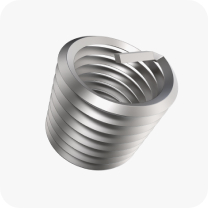
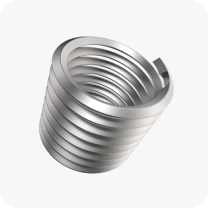
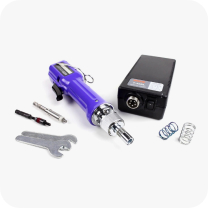
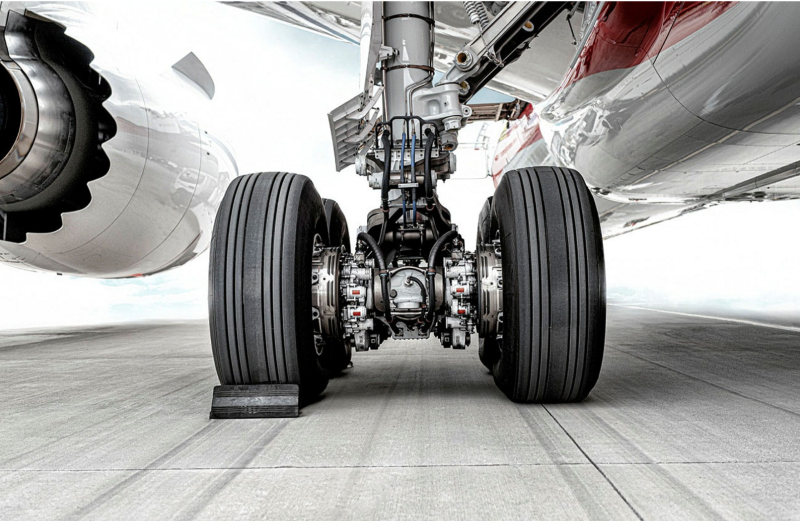
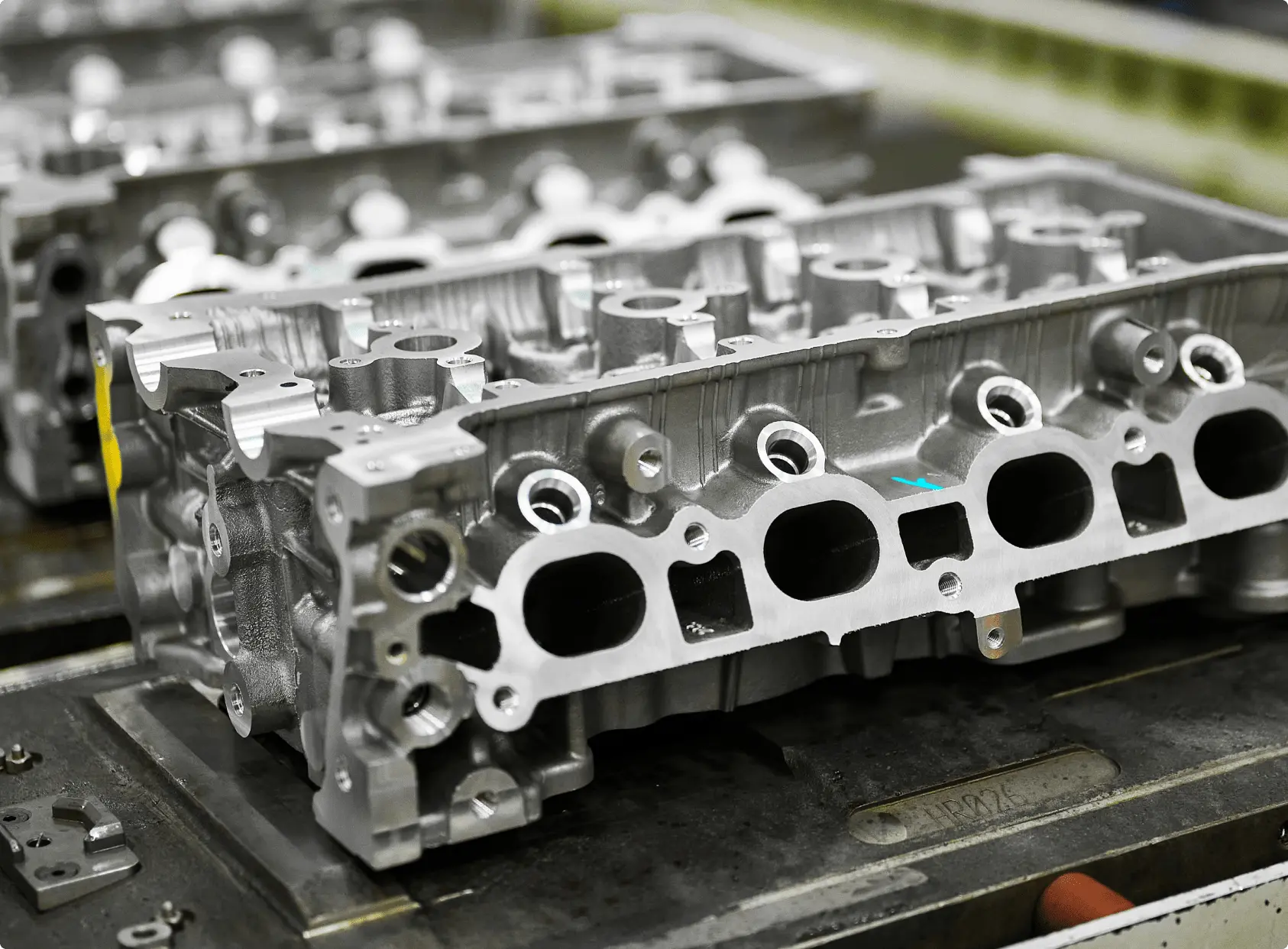
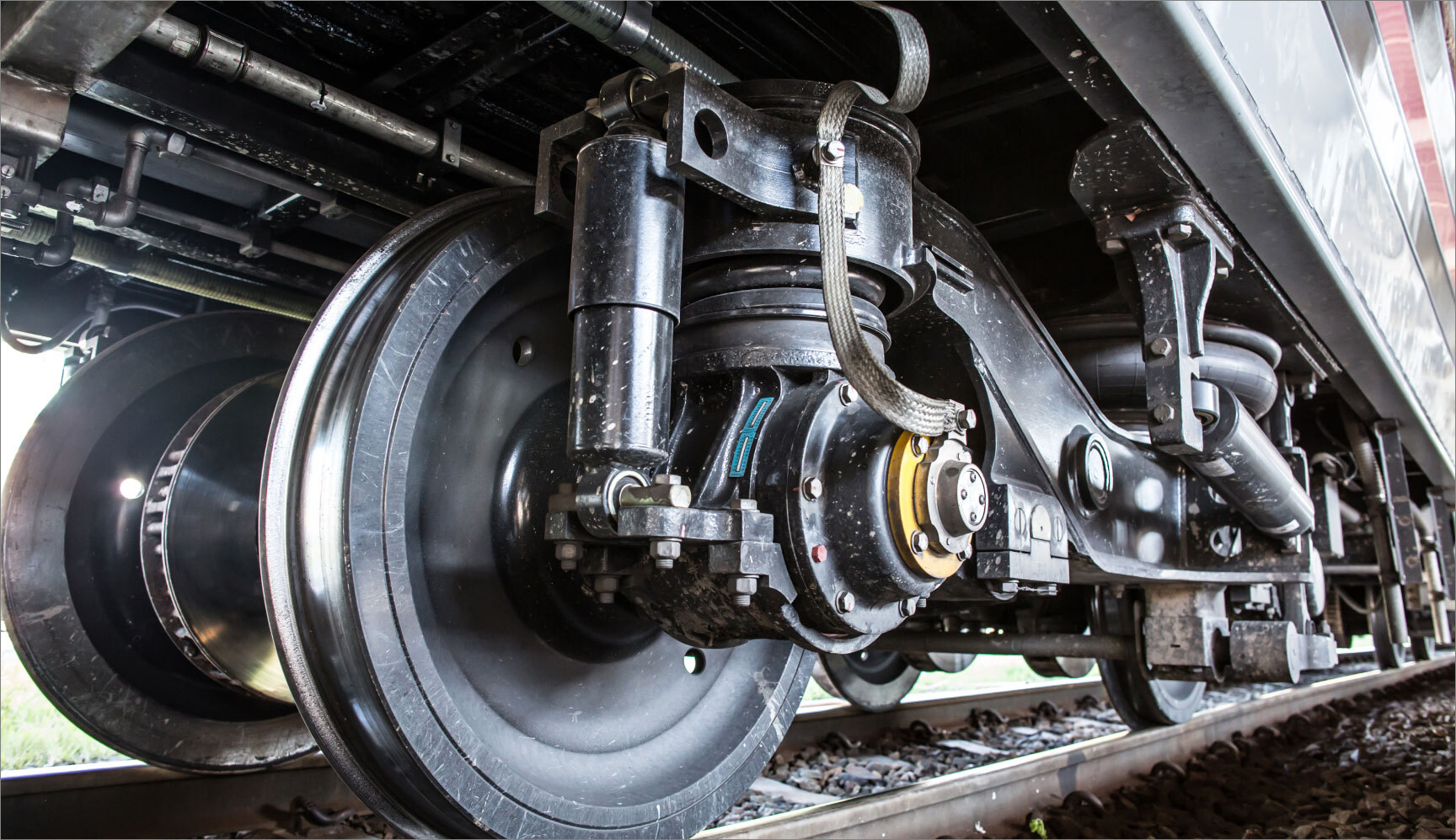

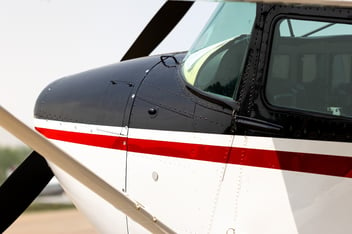
.jpg?width=352&name=Shutterstock_285892688%20(1).jpg)

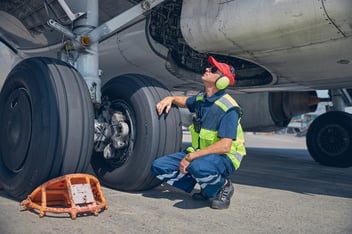
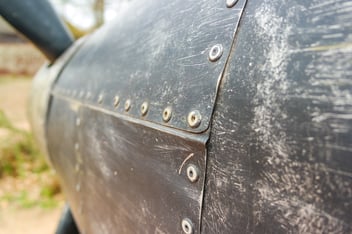
.jpg?width=352&name=KATO%20PLANE%20(2).jpg)